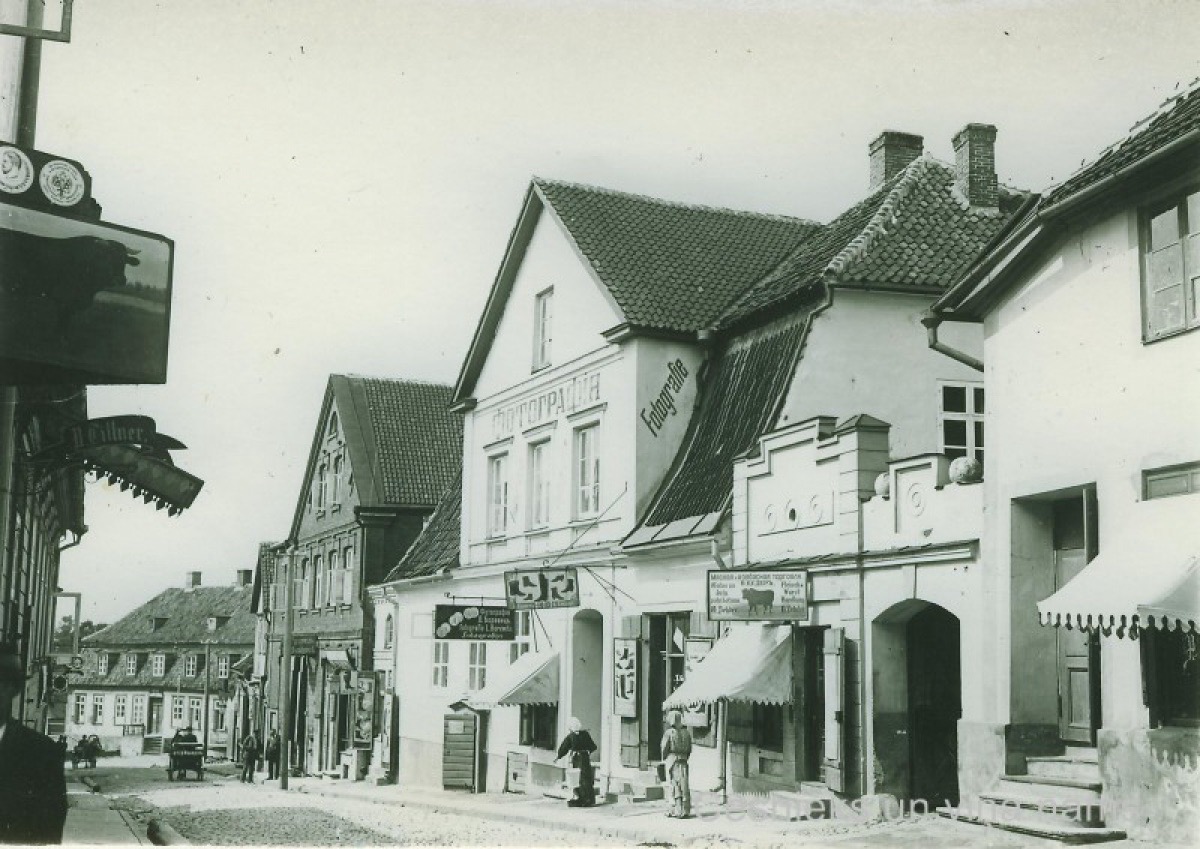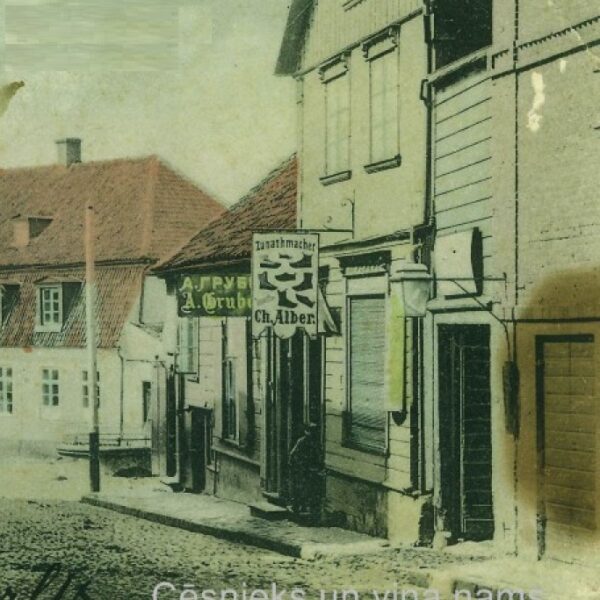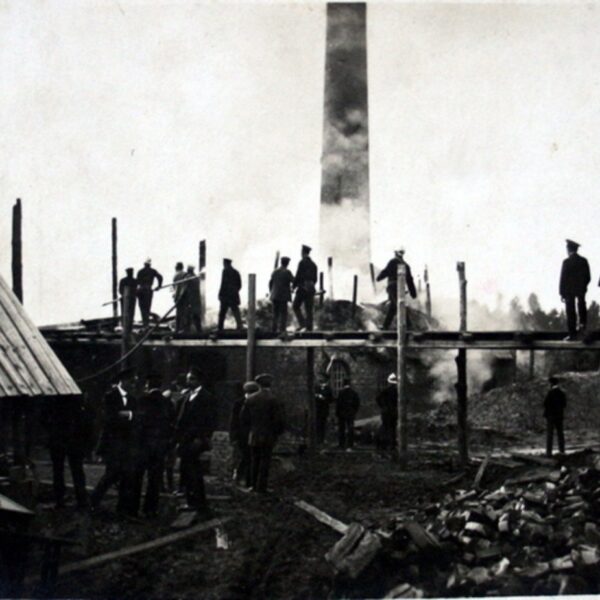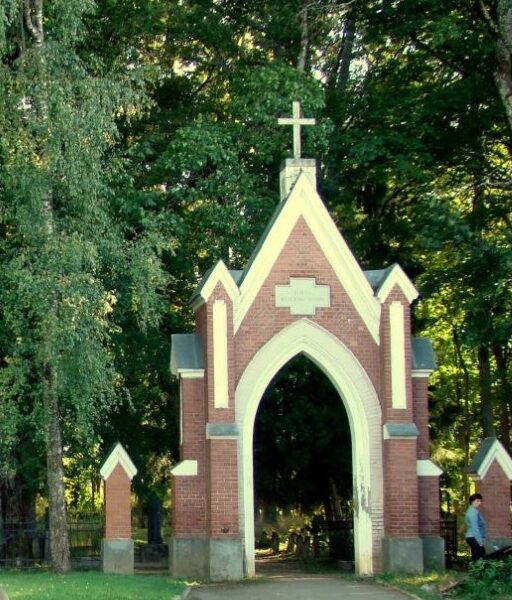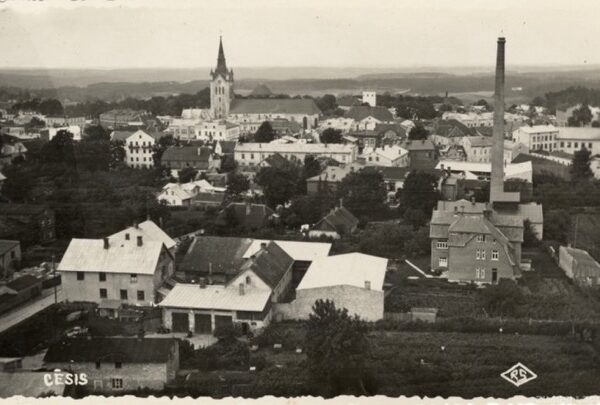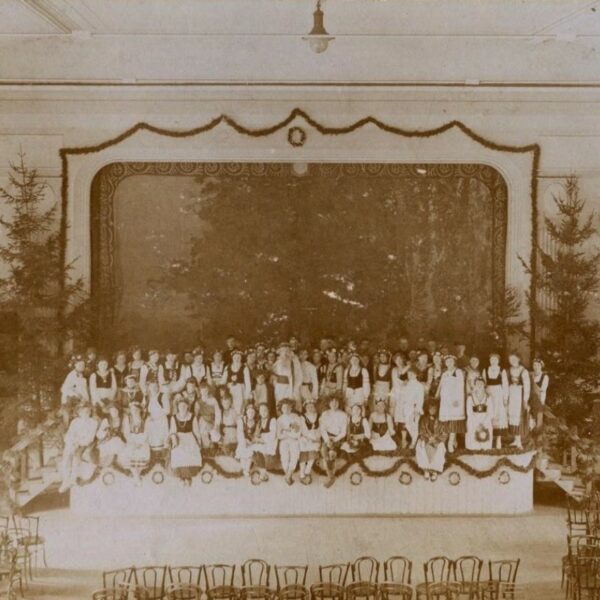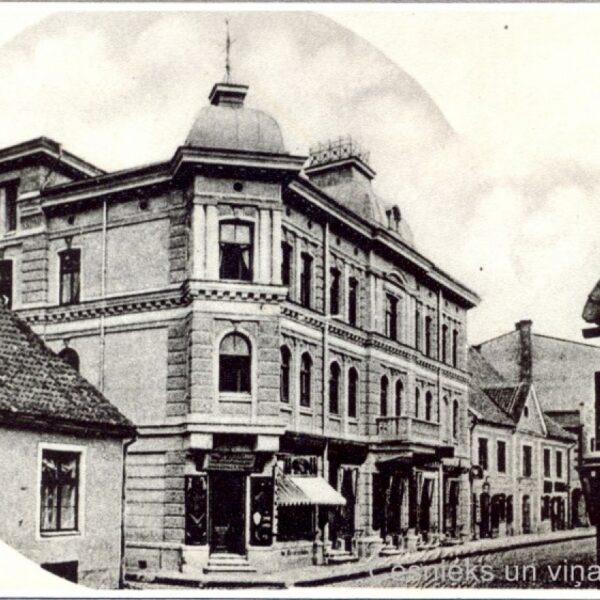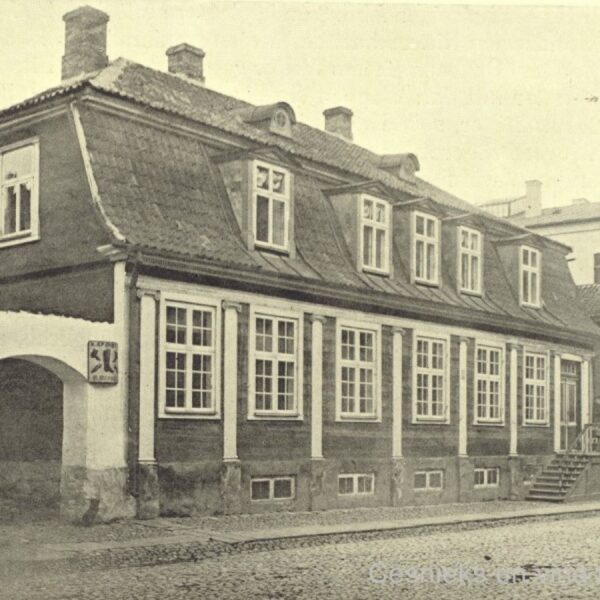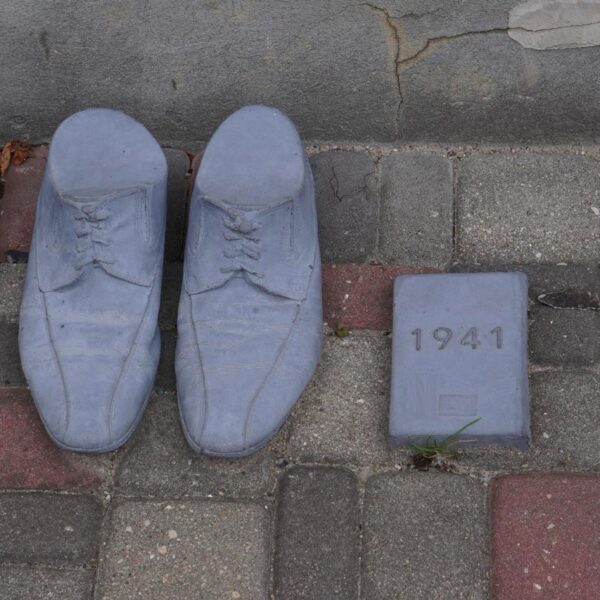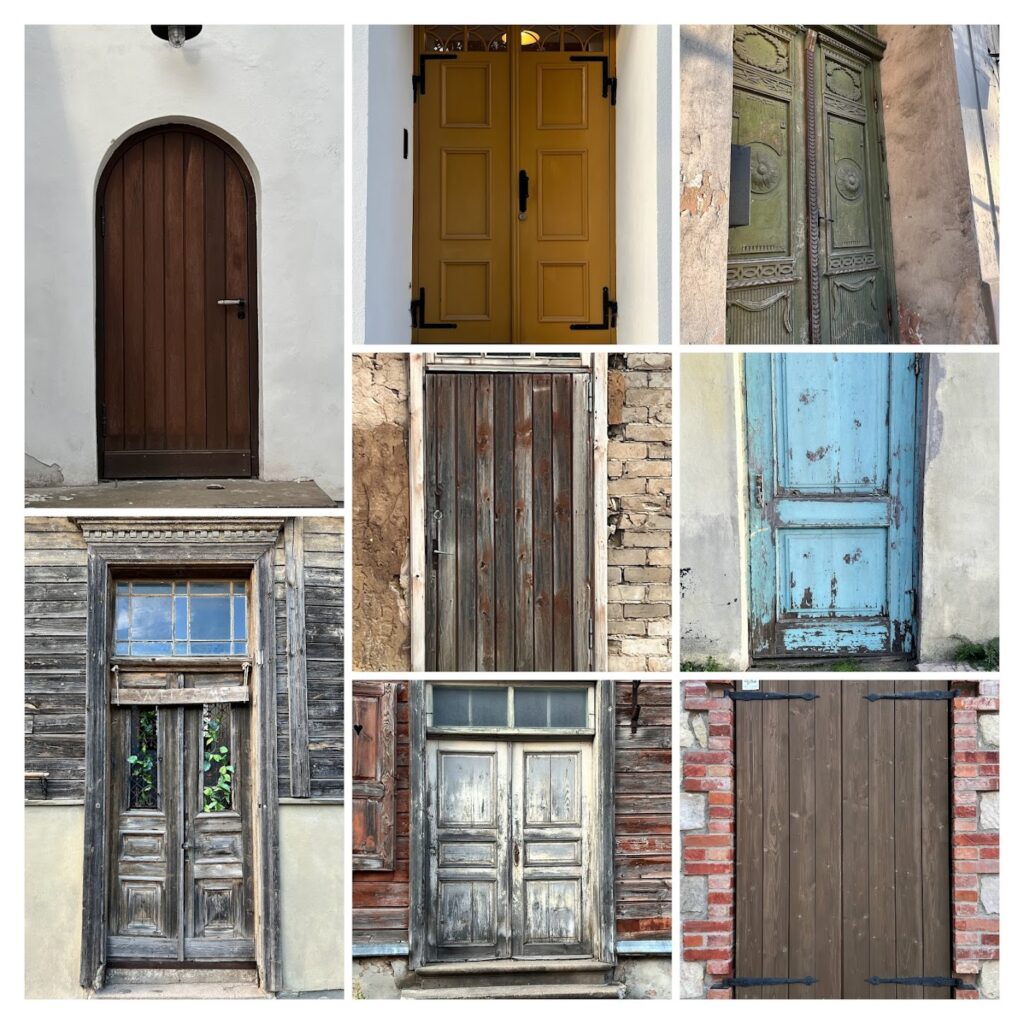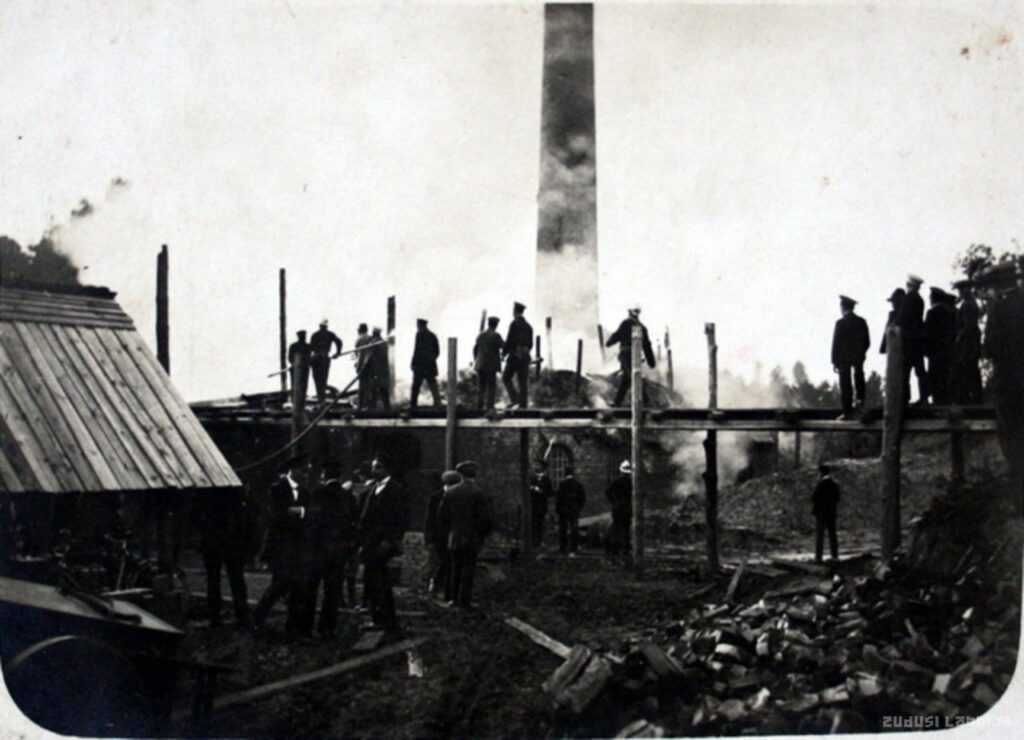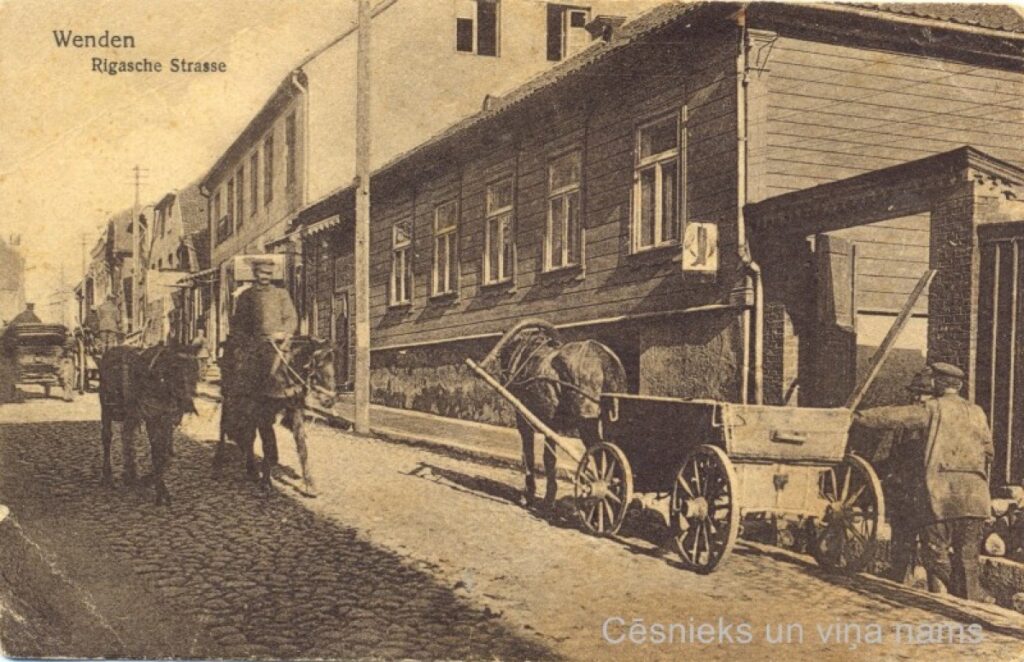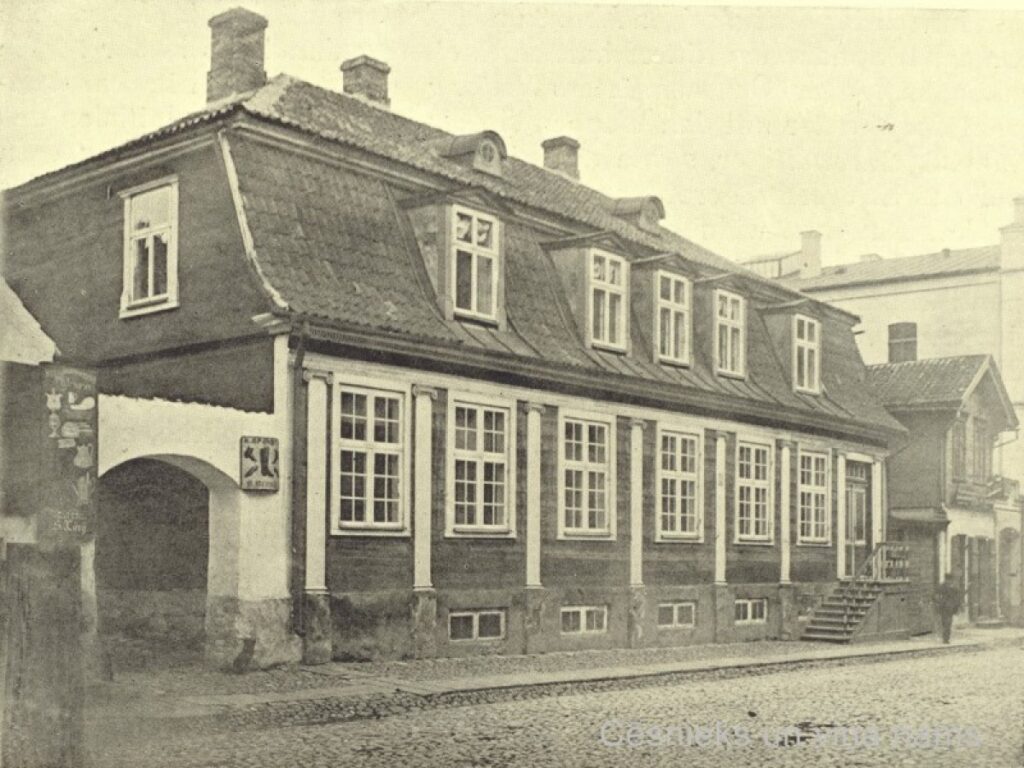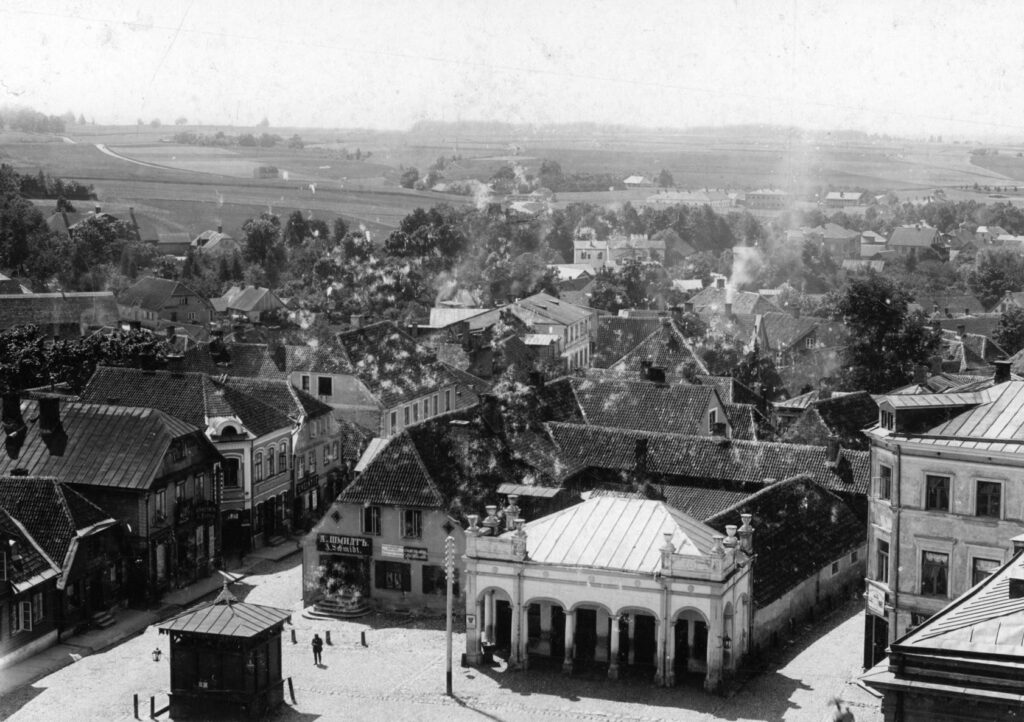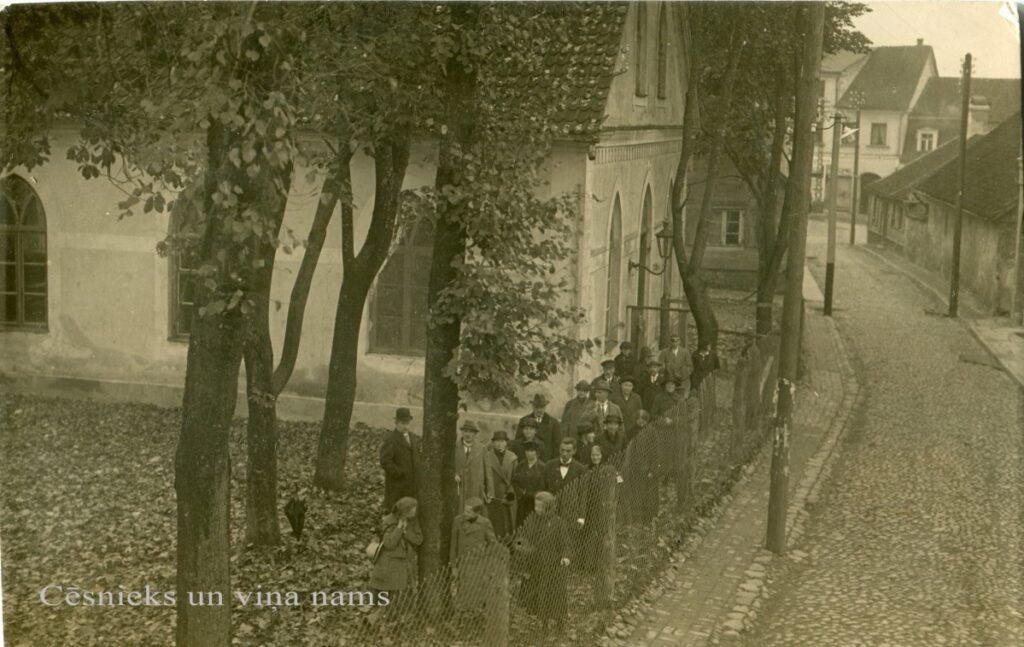In the heart of the historical centre of Cesis, there is a house with a rich and changing history – Sproģi House at 36 Rīgas Street.This stone building has experienced different times and owners, becoming an integral part of the architecture and social life of Cesis for more than two centuries.
The property was first mentioned in documents in the year one thousand seven hundred and seventy-ninth, when the auction report stated that the stone house belonged to the town lord Kristian Friedrich Schulz. After his death, the property was taken care of by the guardians of his minor children. In the early nineteenth century, the property changed hands several times, until in the year one thousand eight hundred and three it was acquired by the county commissioner, Christian Friedrich Eberhard, who mortgaged it to the staff surgeon Ludwig Heinrich Christoph Bruckner for three thousand seven hundred state dilders. The Brikner family kept the property for about seventy-four years, until the year one thousand eight hundred and seventy-seven, when it was bought by the brewer Heinrich Binder.
If this building could talk, it would certainly be proud of the photographers who have worked in it. In the year one thousand nine hundred and eight Heinrich Binder sold the house to his nephew, the Cēsis photographer Ludwig Heinrich Borewitz. After his death, the property was inherited by his daughter Leontine, who sold it in the year one thousand nine hundred and twenty-two to the photographer Pēteris Miller. Interestingly, Miller sold the house the following year to a stonemason, Augustus Sproģis-Sprud.
In the 1920s and 1930s, the Sprogis House became a real centre of entrepreneurship in Cesis. At various times, the ground floor was occupied by a shoe shop, a laundry, a hairdresser’s, a wine shop, a drug store, a hat workshop and a dry cleaner’s. What hasn’t this house seen! Here, citizens could not only buy shoes, but also improve their appearance, buy a hat, taste wine or use the savings and loan office.
Particularly amusing is an advertisement published in the year one thousand nine hundred and thirty-one, in which the hairdresser K. Kārkliņš promises not only to improve the appearance of his clients, but also offers theatrical make-up – even on trips to the countryside – and wigs for hire. For soldiers and schoolchildren, of course, at a discount!
During the Soviet era, like many other properties, the Sprogis House was nationalised. In the 1990s, it was repossessed by the Sprogis heirs, and in the year one thousand nine hundred and ninety-seven, a shoe shop, Euroskor, opened on the ground floor of the building and operated there until the summer of two thousand and twenty-four. Today, the building houses the Vokur café-workshop, continuing the centuries-old business tradition of the building.
The Sprogis House is a living witness of the history of Cesis, which has seen the city change through the ages – not only in the companies that operated in the building, but also in the political powers and social order. Despite all the changes, it still stands proudly on Rīgas iela, preserving its historical significance and value in the architecture of Cēsis.
The materials used for the description are:
Dace Cepurīte, Mg. hist., Research “A Cēsis Native and His House”
Collections of the Cesis Castle Museum.

